Agile People Fundamentals & Leadership
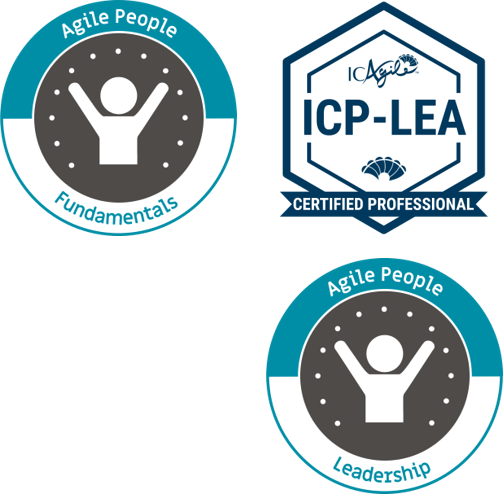
Agile People Fundamentals & Leadership
ICAgile Certified Professional (ICP-LEA) Leading with Agility
Find Training
About
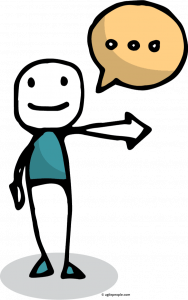 Leadership is changing. The traditional top-down management style is no longer successful in today’s fast-changing work environment. There is a need for a paradigm shift in leaders and their understanding of what constitutes effective leadership.
Leadership is changing. The traditional top-down management style is no longer successful in today’s fast-changing work environment. There is a need for a paradigm shift in leaders and their understanding of what constitutes effective leadership.
The training focuses on developing leaders who aspire to be adaptive and agile in their leadership style. In this training, leaders learn to lead themselves first, before leading others and create an environment that will allow agility to thrive. The training will give you a holistic understanding of Agile leadership, and what it means for the individual, the team, and the organization.
This course is accredited by the International Consortium for Agile (ICAgile) and can lead to the certification ICP-LEA. Learn more about ICAgile below.
Duration
24 Hours
Level
Foundational
Course Information
Learning Outcomes
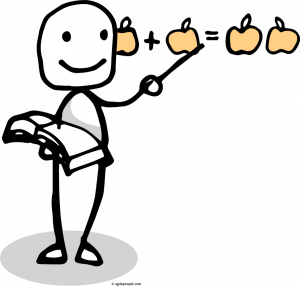 Agile People principles and work methods – that need to form the basis for decision-making in a complex environment where the only competitive advantage is learning faster than competitors.
Agile People principles and work methods – that need to form the basis for decision-making in a complex environment where the only competitive advantage is learning faster than competitors.
The importance of Psychological safety – what it means and how we can work actively to create a working environment that is characterized by a common view of how we can unlock everyone’s potential by making it ok to experiment and make mistakes and learn from them.
How to balance an agile culture with agile structures – while supporting an emerging strategy where people are involved in goal setting and creating a common direction (via OKRs or other types of relative goals instead of fixed budgets and performance goals)
How to work on behavioral changes in social systems to achieve an agile mindset and agile culture – by changing impediment structures (annual budgets linked to fixed performance goals and rewards).
To develop a Learning Organization – by enabling collaboration between silos.
How HR can support an agile organizational transformation – How to assess the current organizational structure and design a new structure that enables business agility, maximizes communication and collaboration within and among teams and enables the flow of value.
Goal setting and performance management in a new way – Appraise current performance management practices and identify ways of bringing Agile thinking to enhance performance, accountability and growth.
Salaries and benefits for an agile organization – Describe and contrast traditional incentive structures with Agile structures, discuss the pros and cons of each approach and explain how to apply them to organizations.
Agile role modeling – How to develop an organizational action plan for role modeling an agile mindset and to build new skills that will enable cross-functional teams.
Employee engagement in an agile manner – Recommend different motivational tools to be applied in a context and describe how the traditional employee engagement survey is changing.
Talent acquisition and the candidate experience – Design a sourcing strategy that can be used to find and acquire the “right” people to support the strategic growth of the organization taking values, culture, diversity and collaboration into the hiring decision.
Agile learning – Suggest ways to enable and support a learning mindset in a team, supporting the shift from a focus on deficiencies to a focus on the development of new skills and capabilities.
Onboarding practices for agile companies – Design an onboarding experience that enables new employees to become a part of the organization rapidly and smoothly.
Why the agile mindset is HR’s responsibility – Design the talent/people elements needed to help support an Agile transition in an organization and explain how different contexts can influence the approach to be taken.
The needed changes in the HR core function – Relate how the need for business agility affects the HR function and organization and how it impacts HR team members’ roles and behaviors.
Practical tools, templates and exercises for HR – How an HR department can work with agile tools and methods, for example with Kanban, Sprints, Scrum and Retrospectives.
Target Audience

The target audience for this training includes people working in an HR role in organizations transforming to more Agile ways of working. Their current responsibilities may include aspects such as people development, recruitment, performance management, compensation, and employee engagement/motivation. They could have a specialist role or an HR Business Partner role.
Other target groups include Organizational Development Consultants, Change Managers, or Hiring Managers. Agile Transformation Leads exploring the people and structural aspects of transformations will also find this curriculum compelling.
ICAgile Certified
This training is certified by International Consortium for Agile (ICAgile), a certification and accreditation body. ICAgile works with course providers to accredit new or existing courses against comprehensive and proven Learning Outcomes. ICAgile collaborate with worldwide agile thought leaders to develop learning programs that lead people to agile mastery. Learn more about ICAgile
Agile People is an ICAgile Member Organization and this is an ICAgile Accredited Course.

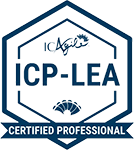
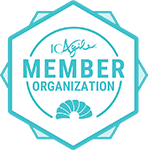
Training Program
Day 1: Session F1-5 Agile People Fundamentals
Session F1: Introduction to Agile People and important principles/tools
The foundation of Agile People’s’ mindset is about the principles, values, methods, and tools that we need to start using to release competence and innovation – and what we stop doing. We discuss your challenges and certification assignment.
Session F2: Psychological safety as a foundation for a learning organization
The importance of an approach that is permeated by security and confidence to increase profitability and innovation – to increase creativity through a culture where it is ok to fail and try again. We play “The Psychological Safety Game” to facilitate dialogue about difficult topics
Session F3: Emerging strategies, structures, and goals
Emerging strategies instead of long-term planning, new ways of working with strategy, budgets, goals, performance processes, and rewards. Using value stream mapping to optimize flows in a system instead of working with resource optimization and sub-optimization of departments. Mindset Slider exercise. WoWs to be used: Beyond Budgeting, OKRs, Impact Mapping, VSM, etc.
Session F4: Building conditions for agile culture
Creating conditions for a fantastic culture where people can perform at their optimal level with a sense of being supported and secure. The gap between structures and culture/values. Structure – Culture Misfit Role Play. The importance of country culture for an Agile transformation.
Session F5: The learning Organization as Strategy and the future role of HR and managers
Boundary Spanning and the Buddy System to increase cross-border collaboration and increase the opportunity to create a fantastic organization together. Tips and examples for the change journey and how HR and managers need to change their role to support it.
Day 2: Session H1-7 Deep dive into Agile People HR
Session H1: How HR’s role is changing when we need to increase Business Agility 2
Design the talent/people elements needed to help support an Agile transition in an organization and explain how different contexts can influence the approach to be taken. Job titles, competency profiles, titles, career, succession – how do we do it in an agile organization? User stories for HR and a T-shaped HR-person. Employee Journey mapping – pain points. Examples and cases.
Session H2: How HR can use tools and practices from Agile.
Using Scrum, Kanban, Value Stream Mapping and OKRs for HR is not so different from using it for Software development. What are examples and how can you design talent/people processes using the agile ways of working? User stories for HR – what do they look like? Examples and cases of Agile HR in reality.
Session H3: Performance management and examples & cases
Appraise current performance management practices and identify ways of bringing Agile thinking to enhance performance, accountability, and growth. 95/5 Exercise.
Session H4: Compensation and Benefits
Examples and Cases. Describe and contrast traditional incentive structures with Agile-friendly structures, discuss the pros and cons of each approach and explain how you could apply them to your own environment.
Session H5: Talent Acquisition and onboarding
Design a sourcing strategy that can be used to find and acquire the “right” people to support the strategic growth of the organization taking values, culture, diversity, and collaboration into the hiring decision. Design an onboarding experience that enables new employees to become a part of the organization rapidly and smoothly.
Session H6: Employee Engagement
Recommend different motivational tools to be applied in a context and describe how the traditional employee engagement survey is changing.
Session H7: Learning and Development
Suggest ways to enable and support a learning mindset in a team, supporting the shift from a focus on deficiencies to a focus on the development of new skills and capabilities.
Online Delivery
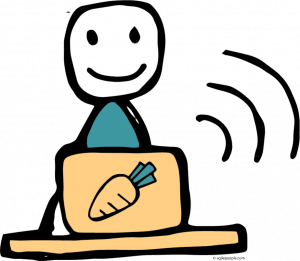
If you attend a course that is delivered online. Then we will work with Zoom for presentations and team exercises, Mural as a digital canvas, Trello for keeping track of the agenda items and exercises, and Slack for communication between the sessions. You will receive links to all of the tools used in the training including the Learning Management System that will provide you will all the documents and videos in between every session.
There will be some work to be done after every session, so add about 5 hours more every week. Course literature and material will be sent to your location and distributed digitally. The certification assignment will be accomplished in the time between the sessions so that you will be ready on the day of the last session.
